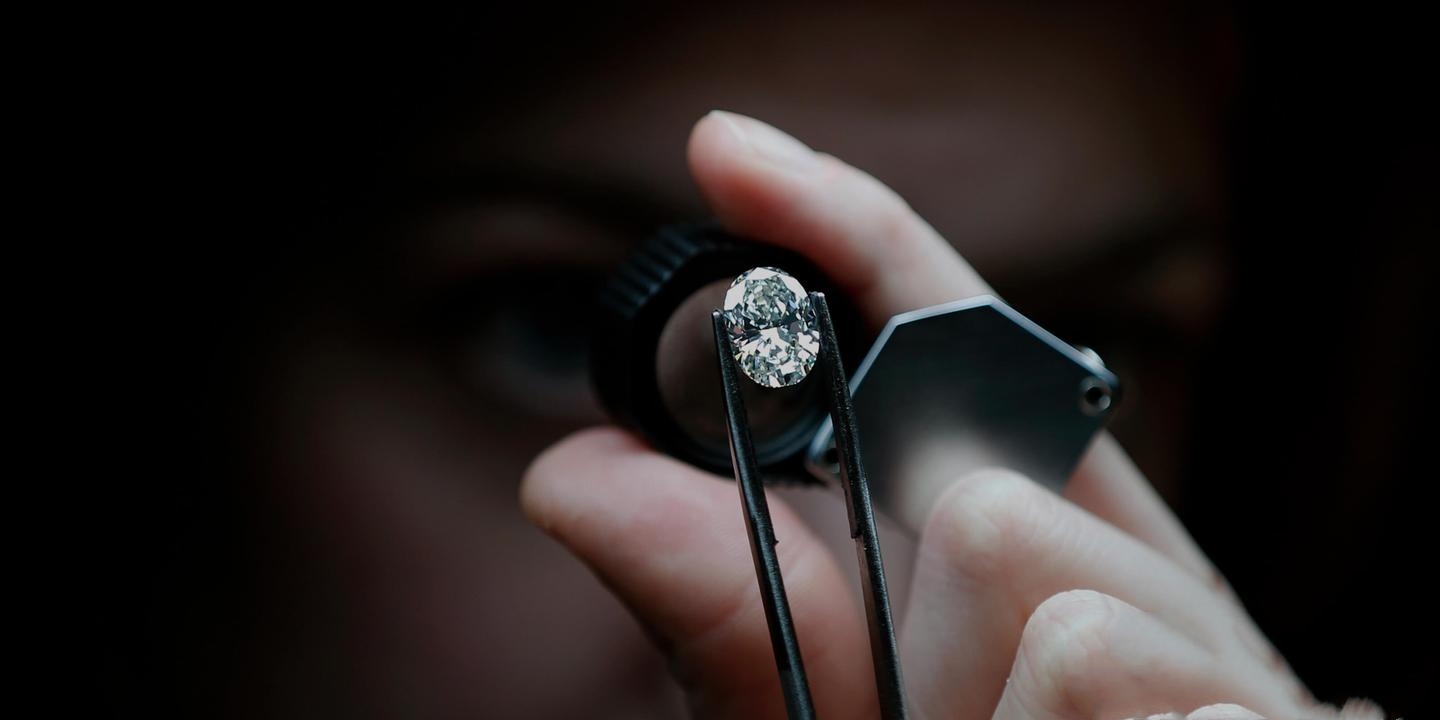The diamond industry has undergone a dramatic transformation in recent years, leading to a major debate around lab made diamonds vs real diamonds. With the rise of technology and changing consumer values, man made diamonds have emerged as a sustainable, ethical, and affordable alternative. As shoppers seek transparency and innovation, the distinction between traditional and lab-grown options is more important than ever.
What Are Man Made Diamonds?
To truly understand the debate of lab made diamonds vs real, it’s crucial to know what man made diamonds actually are. These are diamonds created in a laboratory using high-pressure high-temperature (HPHT) or chemical vapor deposition (CVD) techniques. Despite being made in a lab, man made diamonds have the same physical, chemical, and optical properties as mined diamonds. This means when discussing lab made diamonds vs real, we’re comparing two stones that are nearly identical in every measurable way.
Appearance and Quality: Can You Tell the Difference?
A common question in the lab made diamonds vs real discussion is whether they look the same. The truth is, to the naked eye, there’s no visual difference. Man made diamonds are cut, graded, and certified just like mined diamonds. Jewelers often need specialized equipment to identify the origin of the stone. This makes man made diamonds a smart choice for buyers who want the same sparkle and brilliance, even in the ongoing lab made diamonds vs real debate.
Cost Comparison: Value for Money
One of the most compelling aspects of the lab made diamonds vs real conversation is the price. Man made diamonds generally cost 30% to 50% less than their natural counterparts. The reason is simple—lab production is less costly and doesn’t involve the extensive mining process. When evaluating lab made diamonds vs real, many buyers find that man made diamonds offer the same luxury at a more accessible price, making them ideal for budget-conscious consumers.
Ethical Considerations and Sustainability
As global awareness about ethical sourcing and environmental sustainability grows, so does the interest in man made diamonds. In the lab made diamonds vs real debate, lab-grown stones have a clear edge. Unlike mined diamonds, man made diamonds don’t involve harmful labor practices or environmental degradation. This ethical advantage is a driving force behind the popularity of man made diamonds, and a major factor in the lab made diamonds vs real decision for many socially conscious shoppers.
Environmental Impact: Cleaner Choices
Mining natural diamonds is a resource-intensive process that often leads to deforestation, soil erosion, and carbon emissions. In contrast, man made diamonds are created in controlled environments with a much lower ecological footprint. When comparing lab made diamonds vs real, this environmental aspect can’t be overlooked. Buyers concerned about sustainability frequently choose man made diamonds to align their purchase with eco-friendly values, making it a powerful point in favor of lab-grown options.
Investment and Resale Value
One point often raised in the lab made diamonds vs real debate is long-term value. Traditionally, mined diamonds have held more resale value, although the market is evolving. Man made diamonds are becoming more accepted and their value retention is gradually improving. Still, for those purchasing primarily for symbolic or aesthetic reasons, man made diamonds offer undeniable appeal. In the discussion of lab made diamonds vs real, it’s important to consider personal priorities—whether that’s investment or ethical buying.
Durability and Longevity
Another critical factor in the lab made diamonds vs real debate is durability. Fortunately, man made diamonds are just as strong and durable as mined diamonds. With a rating of 10 on the Mohs hardness scale, man made diamonds can endure everyday wear and tear, just like their natural counterparts. So, whether it’s for an engagement ring or heirloom piece, lab made diamonds vs real offers no compromise on longevity or performance.
Certification and Transparency
Reputable gem labs such as IGI and GIA now certify both man made diamonds and mined ones. These certificates include essential information such as cut, clarity, carat weight, and origin. In the lab made diamonds vs real comparison, this transparency helps consumers make informed decisions. Certified man made diamonds offer the same level of trust and assurance, reinforcing their place as a legitimate and respected choice in fine jewelry.
Shifting Trends in Consumer Preferences
Younger generations are driving the shift toward man made diamonds, valuing ethics, innovation, and individuality. This trend is influencing how the industry approaches the lab made diamonds vs real conversation. Today’s buyers are not only more informed but also more intentional. They see man made diamonds as symbols of modern love, progress, and sustainability—qualities that redefine what it means to own a diamond.
Conclusion: Making the Right Choice for You
Ultimately, the lab made diamonds vs real decision comes down to your values and what you want in a diamond. Whether you prioritize tradition or technology, both options offer their own unique benefits. Man made diamonds provide ethical sourcing, affordability, and modern appeal, while natural diamonds offer timeless prestige and historical value. No matter your choice, understanding the nuances of lab made diamonds vs real ensures that your purchase reflects who you are and what you stand for.





